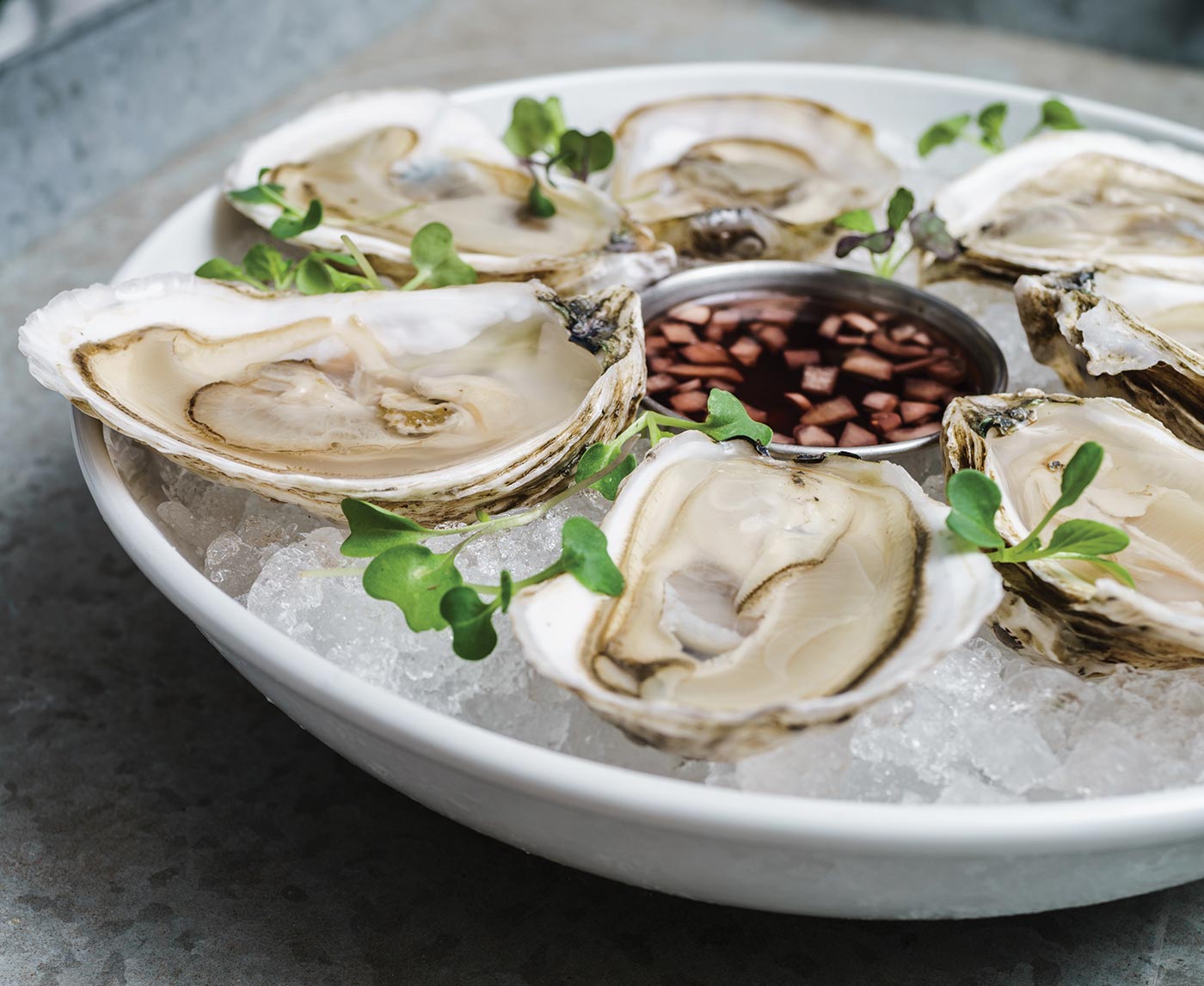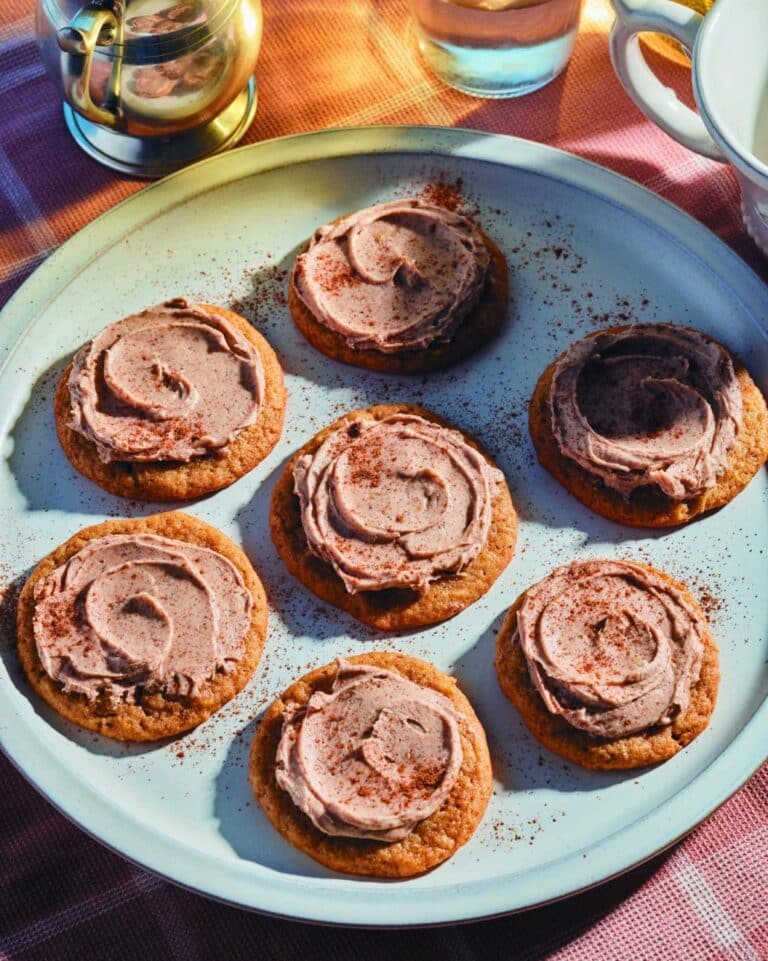
Here’s what you need to know about the popular shellfish, from cooking to slurping. Whether you’re a novice or aficionado, these tips will guide you on how to buy and shuck oysters.
At a restaurant
Enjoy them whenever you want: Myths endure about eating shellfish only during certain months of the year. For instance, it is often said that warm weather (aka non-“r” months) would encourage the spread of toxins among oysters. This is no longer a concern. “Most oysters are farmed now,” says Lisa McKiernan, co-owner of Ruby’s Oyster Bar in Rye, NY, and the quality of the water where the shellfish are raised is much more reliable. Still, experts say they taste best during those colder months. So welcome to the beginning of prime time for oysters!
Do some taste-testing: Eating only one kind of oyster is like drinking only one type of wine. “There are literally thousands of varieties,” says Jim Thistle, co-owner of Fjord Fish Market (fjordfishmarket.com, locations in Greenwich, Westport and New Canaan, CT) whose shops trade mainly in Blue Point varieties from Long Island, NY, Wellfleet and Duxbury from Cape Cod in MA and Village Bay from Canada. East Coast oysters are known for their briny, salty taste and meaty flesh. West coast examples, including the popular Kumamoto, tend to be smaller and creamier with a mellow cucumber-like flavor.

Ask if they’re shucked to order: True oyster lovers slurp them down without any adornment. At most restaurants, however, raw oysters are almost always served on a bed of crushed ice, with lemon wedges, cocktail sauce or mignonette sauce (red wine vinegar, shallots and cracked pepper). However you eat them, ask if they’re shucked to order, which McKiernan says is key. “Left out in their shells too long, they dry up.”
Eat them like a pro: “Forks are dainty, but slurping is definitely allowed,” says Drew Smith, author of Oyster: A World History ($30, amazon.com). Just be sure to chew the flesh instead of swallowing it whole, to release the flavors.
Know the facts:The scientific evidence that oysters are actual aphrodisiacs is murky. Still, zinc (which oysters are rich in) has been shown to improve fertility.
At Home
Buy closed oysters: This one’s simple—choose unopened oysters. “If it’s open, it’s dead and should be thrown away,”says Thistle.
Serve them raw for a healthy meal: Raw oysters are low in calories (a dozen have about 100) and fat, and high in protein and iron (although they are naturally high in cholesterol). Of course, those stats sour if you order them deep fried and dipped in creamy sauce. And don’t worry too much about eating “bad oysters.” “In the old days, when waters were polluted, cases of food poisoning were quite common, but that is less of an issue now,” says Drew Smith.
Experiment with preparations:Try them pan-fried or throw them on the grill (just place the closed shells directly on the grill slats). When they pop open, voila!
They’re cooked.
Shuck with the right tools and method:Thistle suggests picking up a good shucking knife (they cost about $10 to $15). “At the market, we recommend a blunt blade with a curved tip,” he says. “Work the knife into the hinge of the oyster as best you can; all you’re trying to do is release the suction. Then just slide the knife along the top to sever the adductor muscle, and the oyster should loosen right up and slide out.”
-By Romy Pokorny Weinberg





